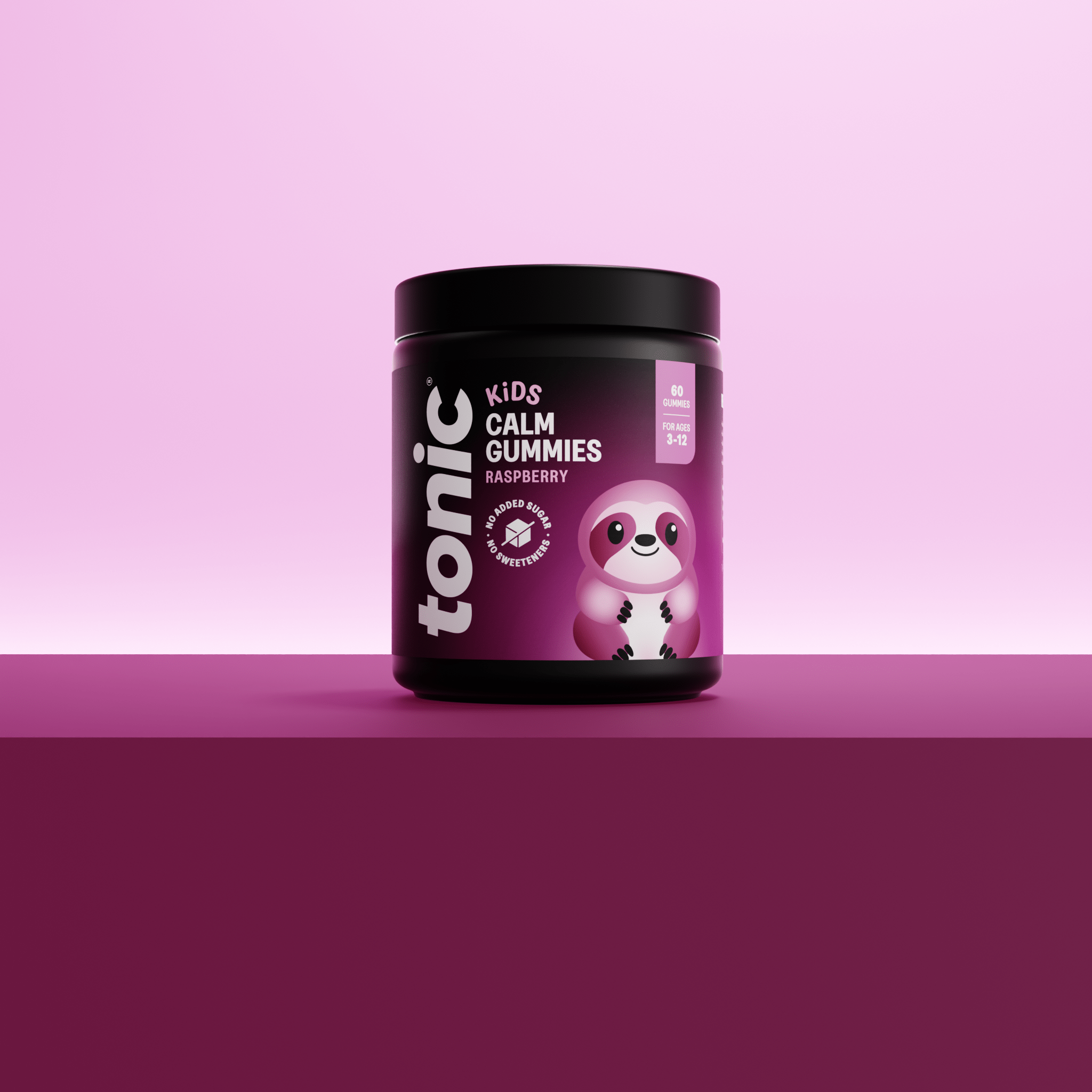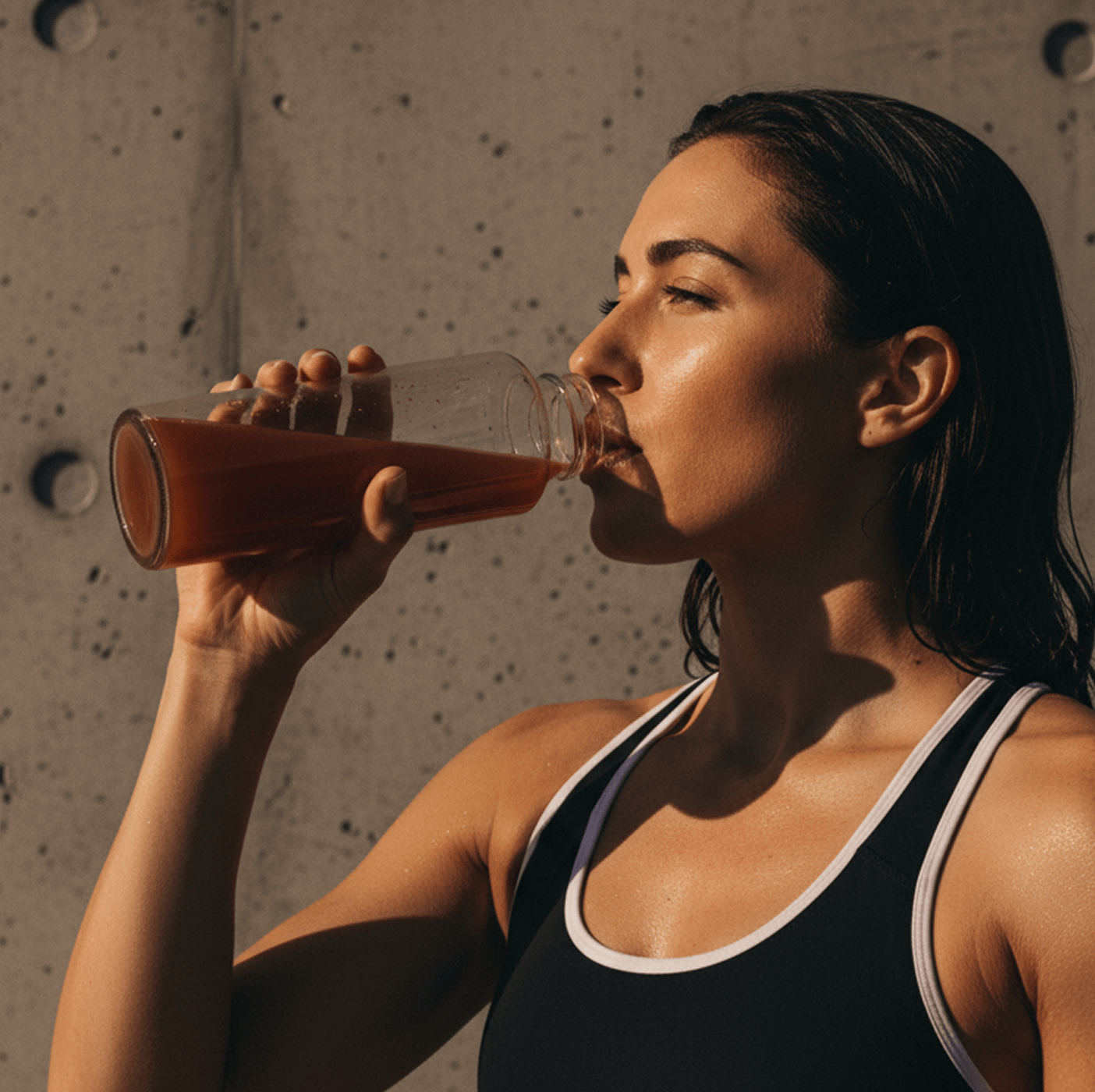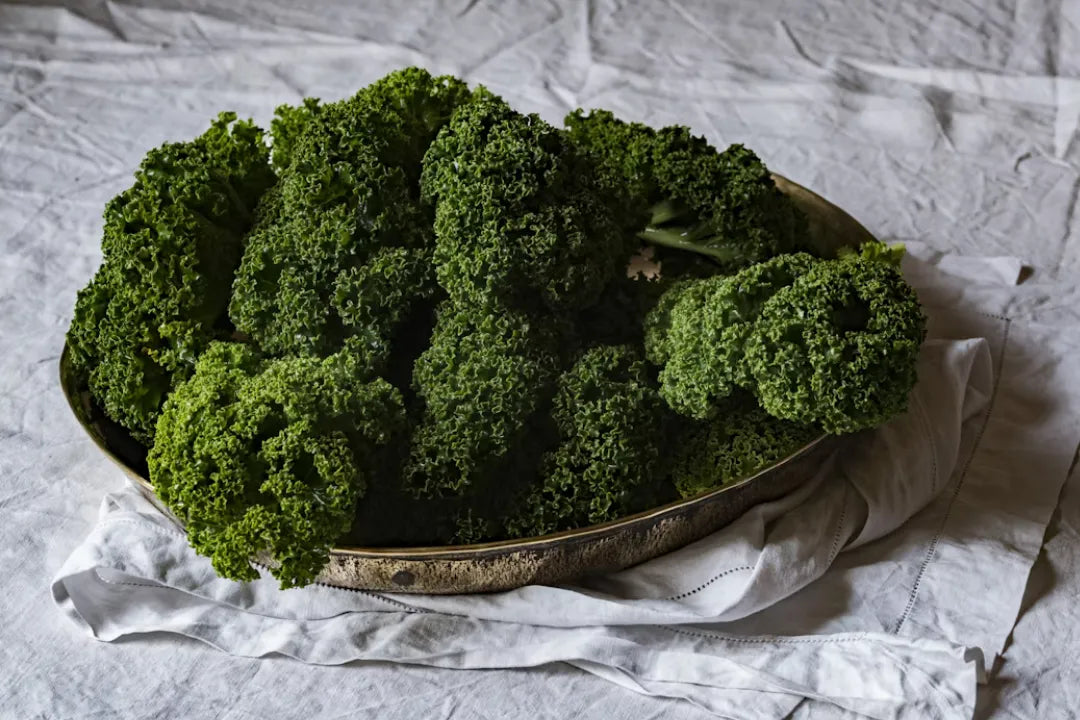When it comes to nutrition, protein often steals the limelight. It’s the go-to macronutrient for building muscle, supporting hormones, and keeping us full. But there’s another star that deserves just as much attention: fibre.
Often overlooked, fibre is arguably the most important aspect of carbohydrates for long-term health, and it plays a central role in blood sugar regulation, energy stability, and satiety. So let’s make friends with fibre!
Why fibre matters
Fibre is a type of carbohydrate that the body cannot digest. Rather than being broken down into glucose, it passes through the gut, providing a range of benefits along the way. Soluble fibre forms a gel in the gut, slowing digestion and helping regulate blood sugar. Insoluble fibre adds bulk to stool, supporting healthy bowel movements.
When it comes to energy, fibre is a quiet powerhouse. Slowing the absorption of carbohydrates prevents sharp spikes and crashes in blood sugar. This not only keeps energy levels more even throughout the day, but it also reduces cravings and supports weight management by promoting satiety. In short, fibre is the unsung hero of steady energy and appetite control.
How much fibre do we need?
The average intake in the UK is around 18 grams per day - far below what’s recommended. The target is closer to 30 grams per day for adults. While you may have seen “fibre-maxxing” trends on social media, promoting 50-100g of fibre a day, it’s important to start with the basics.
Focus on reducing low-nutrient carbohydrates from your diet first, and build your fibre intake steadily. You don’t need to go from zero to 30 grams overnight - in fact, your gut might not like it if you do. So a consistent, manageable, slow-and-steady increase approach works best.
Where to find fibre
Fibre is found naturally in plant-based foods. Some of the richest sources include:
● Vegetables: broccoli, carrots, peas, leafy greens, beetroot, squash, potatoes with the skin on
● Fruit: apples, pears, berries, oranges, kiwi with the skin on
● Legumes: beans, lentils, chickpeas
● Wholegrains: oats, barley, quinoa, brown rice or black rice (double the fibre of brown)
● Nuts and seeds: almonds, chia seeds, flaxseeds, pumpkin seeds
The key is variety. Different plant foods provide different types of fibre and other nutrients that support overall gut and metabolic health.
How to hit 30 grams a day
Here are two practical examples of a day that could meet the 30g target, with a source of protein included in each meal:
Example 1:
● Breakfast: Porridge made with 40g oats, topped with 1 tbsp chia seeds, ½ an apple, and a scoop of protein powder or Greek yoghurt (8g fibre)
● Lunch: Chicken, lentil, and vegetable soup with a slice of wholemeal sourdough bread and sprinkled with some pumpkin seeds (11g fibre)
● Snack: A handful of almonds (3g fibre)
● Dinner: Stir-fried broccoli, carrots, and peas with brown rice and tofu, sliced steak or salmon (8g fibre)
Total: 30g fibre
Example 2:
● Breakfast: Smoothie with spinach, frozen berries, flaxseeds, unsweetened plant milk, and a scoop of protein powder or Greek yoghurt (7g fibre)
● Lunch: Chickpea and chicken salad with mixed greens, cucumber, cherry tomatoes, and cooked quinoa (12g fibre)
● Snack: Pear and a handful of pumpkin seeds (5g fibre)
● Dinner: Roasted sweet potato with the skin on and steamed green beans and a portion of barley, plus a piece of grilled fish or tempeh (6g fibre)
Total: 30g fibre
Note: fibre values are estimates.
A reminder on protein
While protein is essential, we shouldn’t forget that fibre plays a crucial role in metabolic health. Without enough fibre, even a high-protein diet can leave blood sugar swings, gut issues, and energy crashes unresolved - I’ve seen it!
Fibre complements protein by supporting digestion, regulating appetite, and keeping energy levels steady, making it a vital piece of the puzzle.
After all, a healthy diet isn’t about all or nothing, but about a balance of all the good stuff.
About the author:
Natalie Louise Burrows is a registered nutritional therapist (BANT, CNHC) and clinic director at Integral Wellness, a nutrition and health clinic specialising in cardiometabolic health.
Along with her clinic team of nutritionists, they help men and women regain their energy, control their cravings and avoid and reverse type 2 diabetes. They also address health conditions such as high blood pressure, high cholesterol, insulin resistance, fatty liver, and heart disease.
Click here to book a free call and find out how you can achieve your health goals.






Leave a comment
All comments are moderated before being published.
This site is protected by hCaptcha and the hCaptcha Privacy Policy and Terms of Service apply.